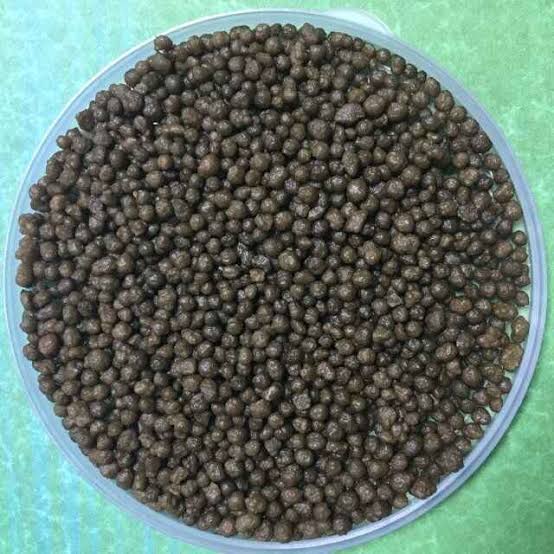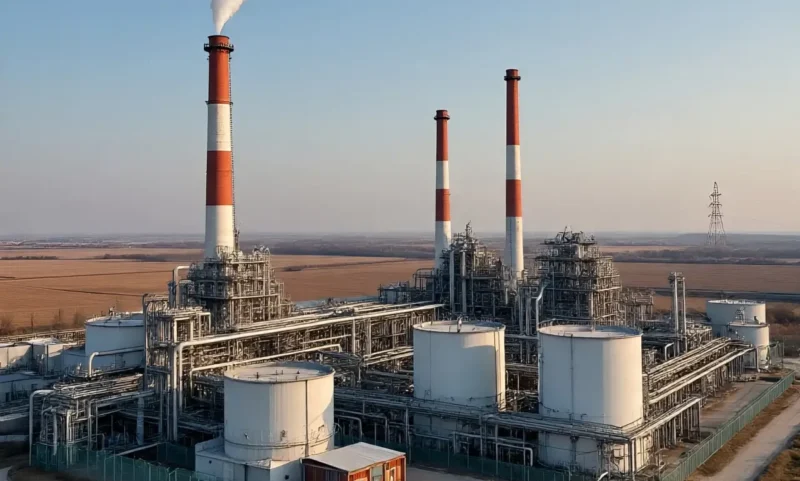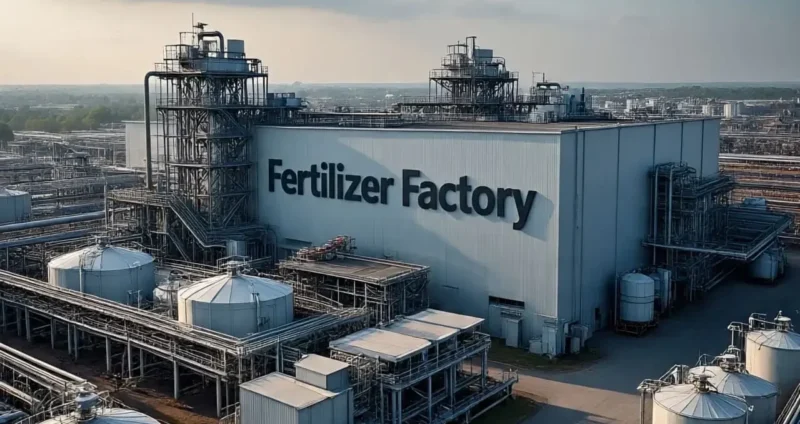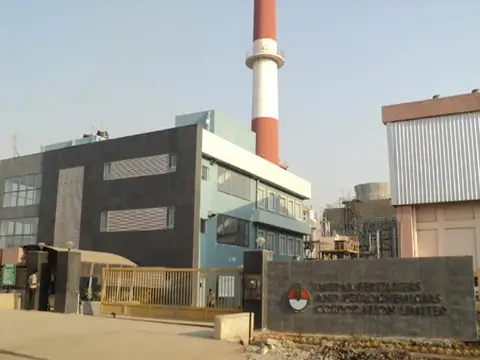As the rabi season approached its peak, farmers across India prepared their fields, ensuring their crops received the nutrients they needed. Among the essential fertilizers, di-ammonium phosphate (DAP) was second only to urea in importance. But behind the scenes, a major shift was happening in India’s fertilizer imports.
For years, China had been India’s biggest supplier of DAP, accounting for nearly 40% of total imports in the previous fiscal year. However, recent government data showed a sharp decline. By February of this fiscal year, India had imported only 8.47 lakh tonnes of DAP from China—down significantly from 22.28 lakh tonnes last year. As a result, China’s share in India’s total DAP imports dropped to 19.17%, compared to 40% the previous year.
Why Are Imports from China Declining?
Industry experts pointed to several factors behind this shift:
1. Diversification of Suppliers – India has increased DAP imports from Russia, Saudi Arabia, Morocco, and Jordan, both as finished fertilizer and as raw materials like rock phosphate and intermediate chemicals.
2. Geopolitical and Trade Considerations – Changing global trade dynamics and diplomatic relationships may have influenced India’s sourcing decisions.
3. Supply Chain Stability – Relying on multiple suppliers ensures that India’s fertilizer supply remains stable, even if one country faces disruptions.
Strong Domestic Supply Despite Reduced Chinese Imports
Despite the drop in Chinese imports, India’s domestic DAP availability remained strong. By March 11, around 48 lakh tonnes had already been sold, exceeding the estimated requirement of 52 lakh tonnes for the ongoing rabi season. Additionally, India maintained a healthy closing stock of 9.43 lakh tonnes, preventing any shortages.
The Bigger Picture
India’s shift in DAP imports reflects a broader strategy to secure agricultural inputs from multiple sources, reducing dependence on any single country. While global trade patterns may change, what matters most to Indian farmers is that they continue to have access to essential fertilizers—ensuring their fields remain fertile and
their harvests abundant.





